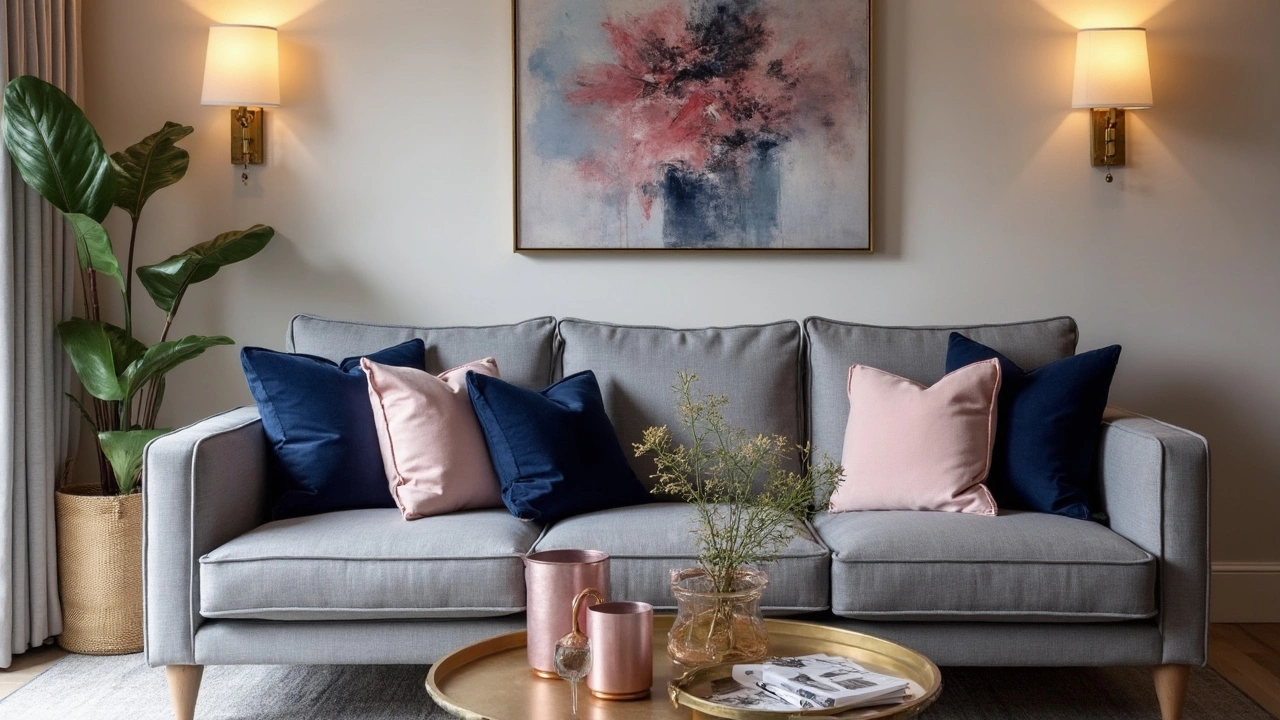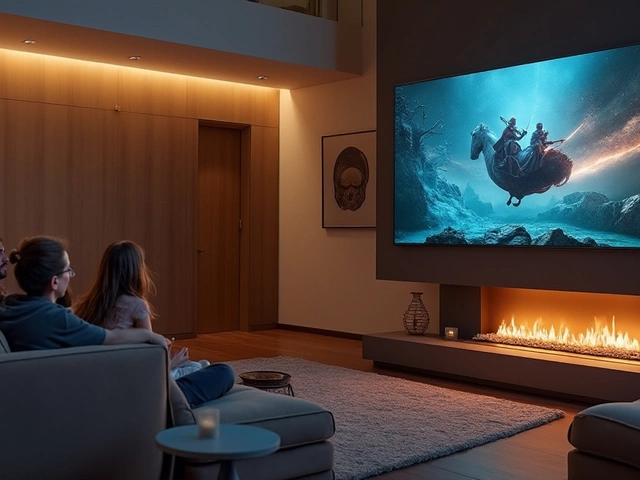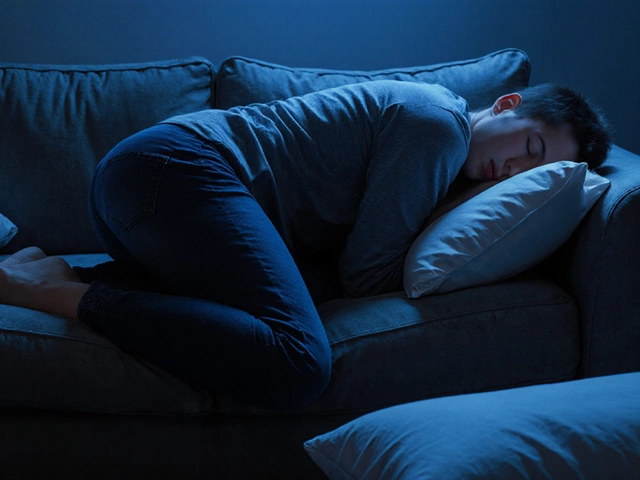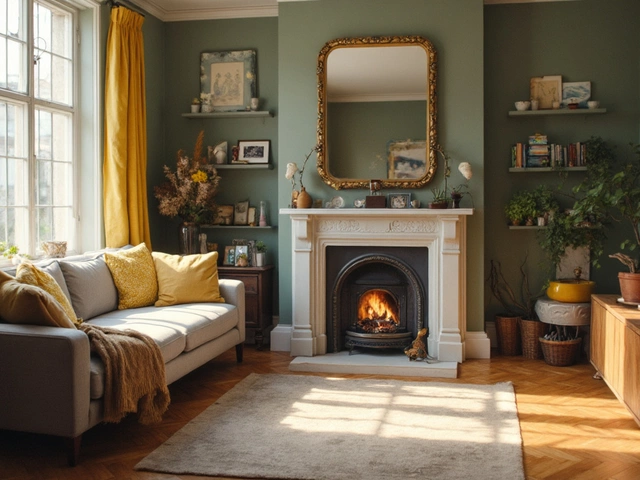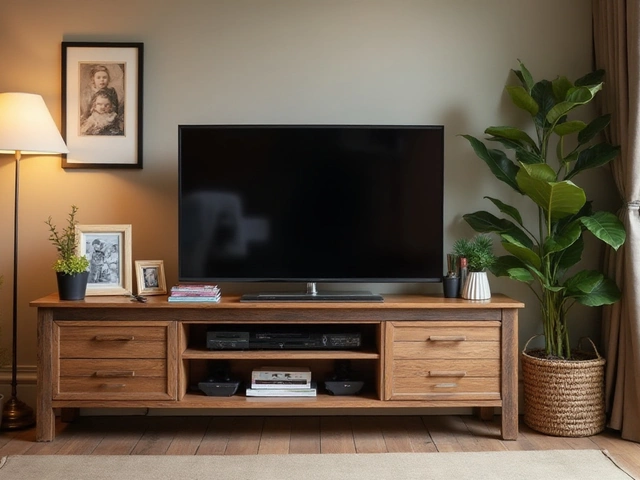Color Combinations: Easy Ways to Pick the Right Furniture Palette
Stuck wondering which colors actually work together? You’re not alone. Whether you’re dressing a classroom, a study nook, or a living room, the right color combo can lift the mood, hide wear, and make a space feel bigger. Below you’ll find straight‑forward tips you can try today, plus quick links to more detailed guides on sofa shades, modern palettes, and storage furniture colors.
Start With a Base Color
Pick one neutral as your anchor – think warm gray, soft beige, or classic white. Neutral bases keep the room feeling open and give you flexibility to add brighter accents later. For a school setting, a light gray desk top works well with almost any wall paint, while a white storage unit blends with different classroom themes.
Once the base is set, look at the existing elements – floor, windows, even the brand’s logo colors. Matching one of those hues with a splash of fabric or a chair leg finish ties everything together without over‑matching.
Use the 60‑30‑10 Rule
Here’s a fool‑proof formula: 60% of the space gets your base color, 30% picks a secondary shade, and 10% adds a pop. In a typical classroom, 60% could be neutral desks, 30% a soft teal paint on a feature wall, and 10% bright orange cushion trims. The rule works in living rooms too – 60% sofa, 30% rug, 10% throw pillows.
Choosing the secondary color is where personality comes in. Look at current trends – muted greens, dusty blues, and warm terracotta are big in 2024 for both schools and homes. These shades pair nicely with the neutrals listed earlier and don’t clash with a variety of floorings.
For the pop, go bold. A navy accent chair, a mustard‑colored bookshelf, or a teal lamp shade can become the focal point without overwhelming the room.
Need inspiration? Check out our post "Most Popular Couch Colors: Trends, Tips & Key Facts for Choosing the Perfect Sofa Shade" for a quick glance at what’s hot this year.
When you mix colors, remember texture matters. A matte grey desk looks great next to a glossy teal chair, and a soft fabric cushion can soften a sleek metal frame. The contrast adds depth without needing extra shades.
Finally, test your combo. Grab paint swatches, place a fabric sample next to a desk, and view it in the room’s natural light. If the colors feel balanced at noon, they’ll likely work all day.
With these steps, you’ll pick confident color combinations that suit any educational or home setting. Want deeper dives? Our articles on "2024's Most Stylish Furniture Colors" and "Best Sofa Colors That Go With Everything" walk you through specific palettes and how to apply them.
